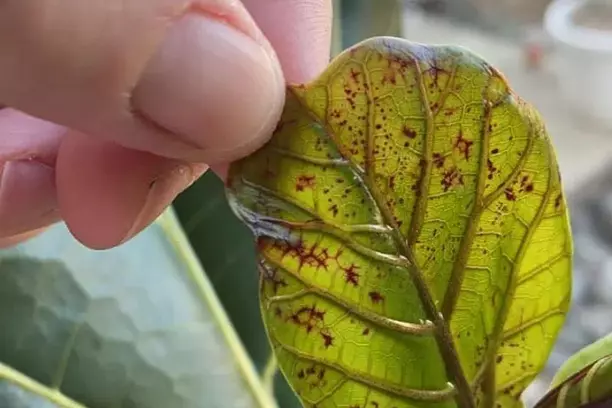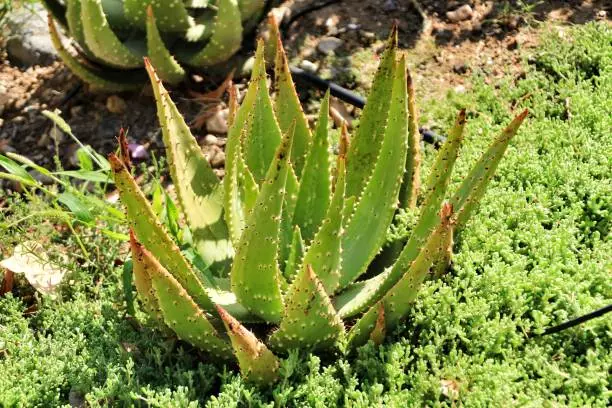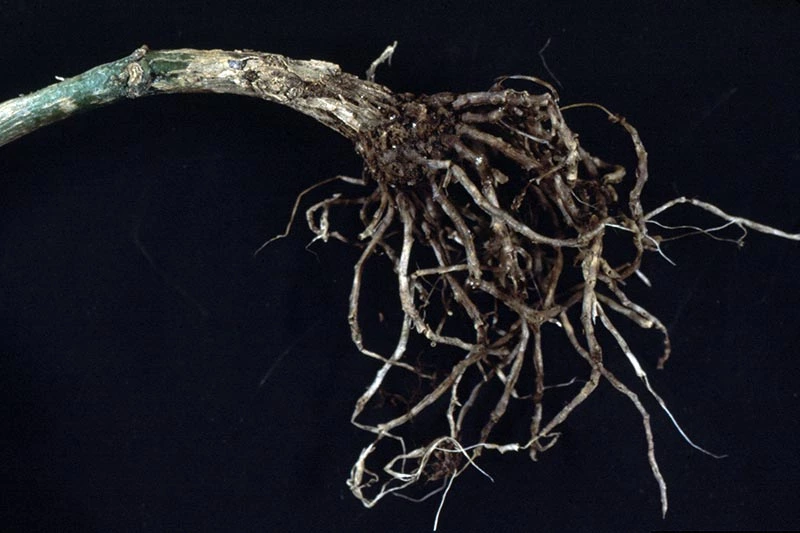Light intensity affects the type of plant you grow and where you position your plant. Some plants prefer bright direct light while others are better adapted to indirect light conditions. West-facing windows receive a moderate light intensity during late afternoons. Light intensity changes with the season, which affects the light quality received by the plant annually.
The best west-facing window plants include coleus, aloe vera, air plants, kalanchoe, croton, English ivy, and the fiddle leaf fig. These plants like low indirect light in the morning hours and bright direct light in the afternoons that’s characteristic of west-facing windows.
What kind of light do west-facing windows receive?
West-facing windows generally provide a direct light range of up to 5Ft and 7Ft indirect light. The phenomena affect people living in the northern hemisphere where southern-facing windows receive the lightest, east and west-facing windows moderate light, while north-facing windows receive the least light.
Best west-facing window plants
Plants have varying light requirements. Some species enjoy high-intensity sunlight while others prefer more shaded areas. It’s essential to consider where to locate your plant as per its light demands.
You can grow plants with moderate light demands close to west-facing windows to take advantage of the afternoon sun.
Here are some of the best west-facing window plants to grow:
Kalanchoe (Widow’s thrill)
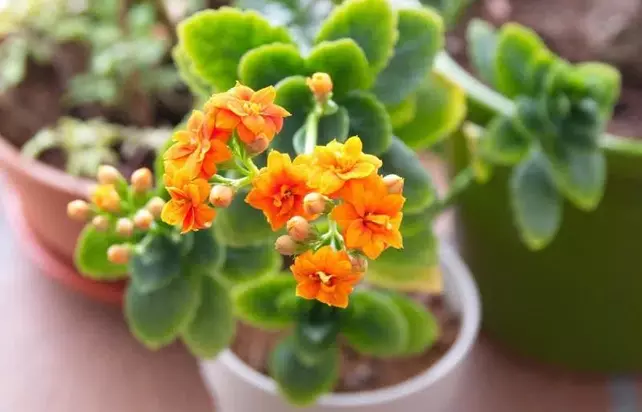
Kalanchoe (K. blossfeldiana) is a small succulent plant with broad, pad-shaped, serrated leaf edges and clusters of flowers growing from the foliage. The species is native to Madagascar and does well under semi-arid conditions, which makes it ideal for growing as a houseplant. You can find Kalakonches with red, white, orange, yellow, pink foliage, etc.
The plants prefer growing under full sun conditions with limited intensity. Continuous exposure to hot sunlight can cause leaf burn and other damage to the plant. Instead, Place your kalanchoe on a west-facing window during the summer months to expose it to low-intensity light.
Here are growing requirements for a Kalanchoe plant:
| Soil Type | Kalanchoe prefers well-drained, slightly acidic sandy soils. pH range 5.8-6.3. |
| Humidity | Kalanchoe prefers moderate to high humidity (about 75%-85%). |
| Temperature | Moderate temperatures from 60℉-85℉.Ideal growing zones 10-12. |
| Watering | Minimal watering (every 2-3 wks). Always allow the soil to dry between waterings. |
Monstera deliciosa
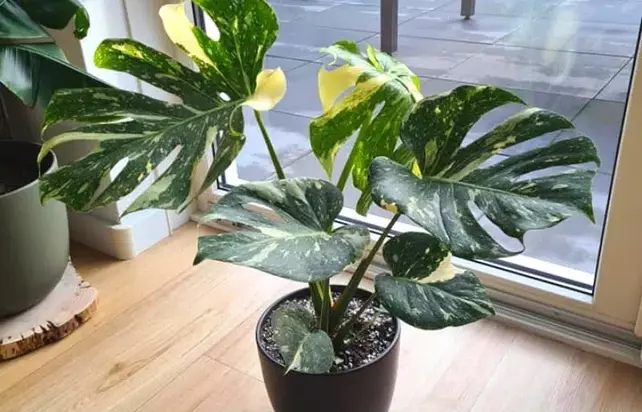
Monsteras (Swiss Cheese plants) have large, unique leaves that make them a popular choice for indoor decoration.
Monstera does well under bright but indirect light conditions. Position your plant close to a west-facing window to meet its optimum light requirements. Monsteras require about 5-8 hours a day of indirect light to thrive. Some varieties such as the Thai constellation, require more light exposure to enhance their leaf coloration.
Additional growing requirements for a monstera plant include:
| Soil Type | Fertile, well-drained soil ph range of 5.5-7. |
| Humidity | Prefers 60%-80% humidity. |
| Watering | Water only when topsoil is 50%-75% dry. Water your monstera at least once a week. |
| Temperature | Prefers temp ranges of (65℉-85℉) |
Aloe vera
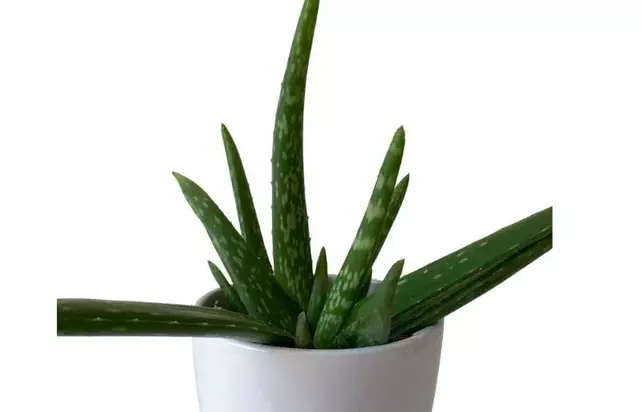
The Aloe vera plant is an awesome succulent that can survive cold winters and other hard conditions. The plants are relatively easy to grow, have minimal care requirements, and have medicinal benefits. Aloe Vera plants have succulent lance-shaped leaves with thorny edges that spread out from the center stem.
RELATED: CAN ALOE PLANT SURVIVE FROM WINTER
The plants can tolerate bright, direct sunlight but also do well under bright, indirect sunlight synonymous with west-facing windows. Aloe vera requires about 6 hours of light exposure to maintain optimum growth and to remain healthy.
Additional growing requirements for Aloe Vera plants include the following:
| Soil Type | Fertile, coarse soils with good drainage. pH between 7.0-8.5. |
| Humidity | The plant can handle dry air for considerable durations. |
| Watering | Water once every 2-3 weeks depending on the season. Wait for the soil to dry out between waterings. |
| Temperature | Prefer temperatures of 55℉-85℉ |
Fiddle leaf fig
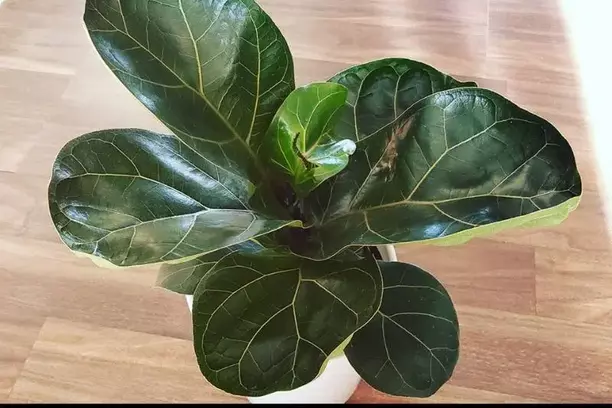
The fiddle leaf fig is a popular tall indoor tree that can tolerate low light conditions. The plant has unique fiddle-shaped leaves that can help to improve your house’s aesthetics.
Fiddle leaf figs prefer bright but indirect sunlight preferably early morning/late afternoon sun. High light intensities can cause sunburn and other damage to the leaves. Instead, position your e to an east or west-facing window to ensure it receives sunlight at an adequate intensity. The plant needs about 5 hrs of sunlight a day.
Additional growing requirements for fiddle-shaped leaf figs include the following:
| Soil Type | Fertile, well-drained soils. The ideal pH range is 6-7. |
| Humidity | The ideal humidity range is 30%-65% |
| Watering | Water your plant about once every 10 days. |
| Temperature | range from 60℉-80℉. |
Coleus
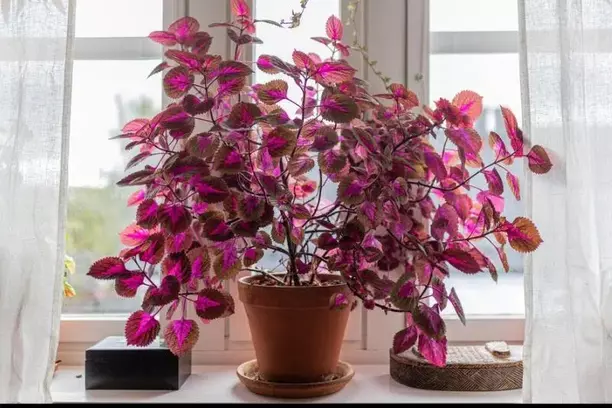
Coleus plants (Coleus Blumei) have stunning foliage that makes them ideal for use as indoor houseplants.
Some coleus hybrids can tolerate full sun conditions but most thrive under partial shade. Position your coleus plant close to a west-facing window to provide access to bright but indirect light. Excessive exposure to sunlight can cause the leaves to fade, sunburn, weak growth, etc. The plant needs about 6 hours of exposure to remain healthy.
Here are additional growing requirements for the coleus plant:
| Soil Type | Moist, well-draining soils.pH ranging from 6.0-7.0. |
| Humidity | Requires high humidity levels. Regular misting is ideal.40%-50% humidity ideal |
| Watering | Water at least twice a day on hot days. Only water when topsoil feels dry |
| Temperature | Prefers temperatures ranging from 65℉-75℉. |
Air plants
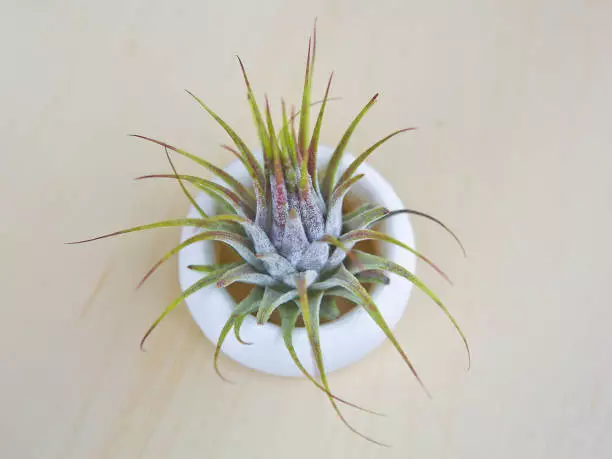
Air plants (Tillandsia spp) consist of several species of plants that don’t require much soil to thrive. In nature, the plants grow as epiphytes with most attached to tree branches or on other plants.
Air plants can tolerate low light conditions but generally prefer bright, indirect sunlight. Position your plants close to a west-facing window to allow for sufficient light access for your plant. Do not expose your plants to too much direct sunlight as the plants are vulnerable to leaf damage.
Additional growing requirements for air plants include:
| Soil Type | Little to no growing medium is required.5.0-6.0 pH is ideal for air plants |
| Humidity | Requires high humidity levels preferably above 65%. Regular misting ideal |
| Watering | Water at least once per week |
| Temperature | Ideal temperature 50℉-90 ℉ |
Holiday Cactus
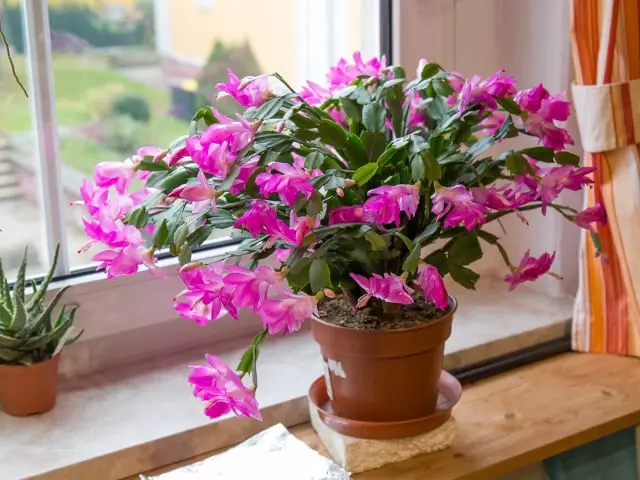
A holiday cactus plant (Schlumbergera x buckleyi) is native to Brazil where they grow as epiphytes. The plants are ideal for growing indoors considering their small size (12in-24 in. tall), beautiful blooms, and unique light requirements.
Holiday cactus plants thrive under partial sun conditions. The plant needs about 8 hours of light exposure to sustain metabolism. You can position your plant close to a west-facing window during the warmer months to provide bright but low-intensity light.
Additional growing requirements for a holiday cactus plant include:
| Soil Type | Prefers moist, loamy soil. Slightly soil with pH 5.0-7.0 |
| Humidity | Prefers growing under 50%-60% humidity conditions |
| Watering | Water when the top third of soil feels dry water at least once every 2-3 weeks. |
| Temperature | The ideal temperature range is 50℉-70℉. |
Croton
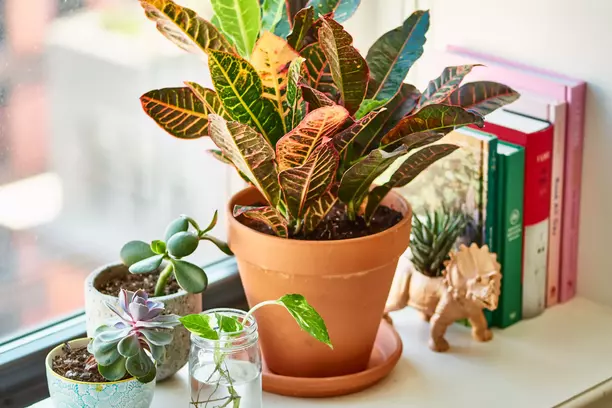
The croton plant (Codiaeum variegatum) is a perennial plant native to countries such as India and Malaysia. The plant is popular for its brightly colored leaves which makes it a perfect choice as a decorative indoor plant.
Croton plants can grow under full light. However, high light intensities can damage the plant’s foliage and negatively impact its health. The plants require about 8 hours of light exposure per day.
Position your plants under partial light conditions such as close to a west-facing window to allow for sufficient light exposure with minimal damage to the leaves. Foliage color intensity correlates with how much light the plant receives.
Additional growing requirements for croton plants include
| Soil Type | Moist, well-draining soilsIdeal pH of 4.5-6.5. |
| Humidity | Ideal humidity is 40%-80%. |
| Watering | One inch of water every week. |
| Temperature | Ideal temperature renegades from 55℉-80℉. |
English ivy
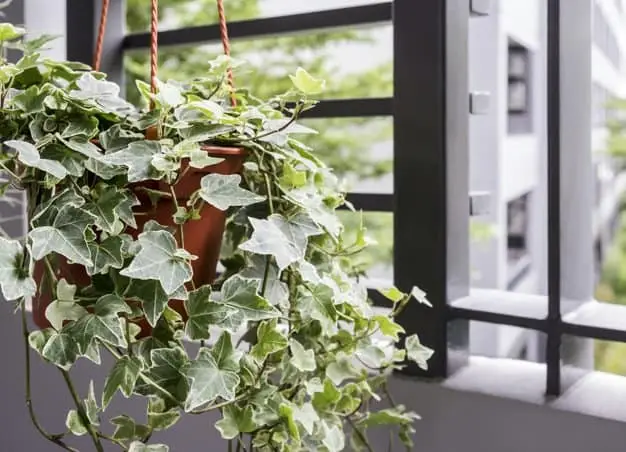
The English Ivy plant (Hedera helix) is an ideal indoor decorative and air purifying plant that can climb up to 80 ft. on a vertical surface. The species has uniquely shaped dark-green leaves that can be useful when enhancing your home’s aesthetics.
RELATED: INDOOR PLANTS THAT ARE BEST TO PURIFY AIR
Green ivy plants prefer growing under partial shade conditions. The high light intensity can cause leaf burn and additional damage to the plant. Position your plant close to a west-facing window where the plant can receive quality light at a reduced intensity.
Additional growing requirements for an English Ivy plant are:
| Soil Type | Moist, well-draining soil. The ideal pH is 6.5 |
| Humidity | Prefer 40% humidity or higher. |
| Watering | Water your plant at least 3 times a week Wait for the topsoil to dry out between waterings |
| Temperature | The ideal temperature ranges from 70℉-90℉. |
Ti plant
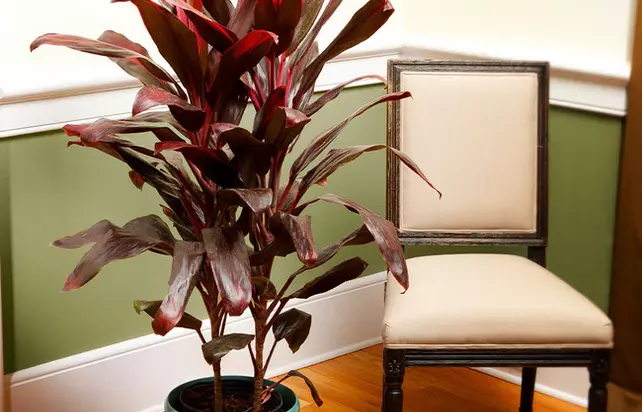
The Ti plant(Cordyline fruticosa) is widely grown as a decorative plant both indoors and outdoors. The plant has uniquely colored foliage that ranges from pink, red, green, and black depending on the variety.
The Ti plant prefers bright but indirect sunlight. Insufficient light affects the vibrancy of your plant’s foliage making it appear dull and unsightly. Place your Ti plant close to a west-facing window that receives the late afternoon sun during the growing season.
Additional growing requirements for a Ti plant include:
| Soil Type | The plant prefers moist, well-draining soil. |
| Humidity | Aim to maintain 50%-60% relative humidity. |
| Watering | Water once per week depending on the season. |
| Temperature | Ideal temperature range is 65℉-95℉ |
String of pearls
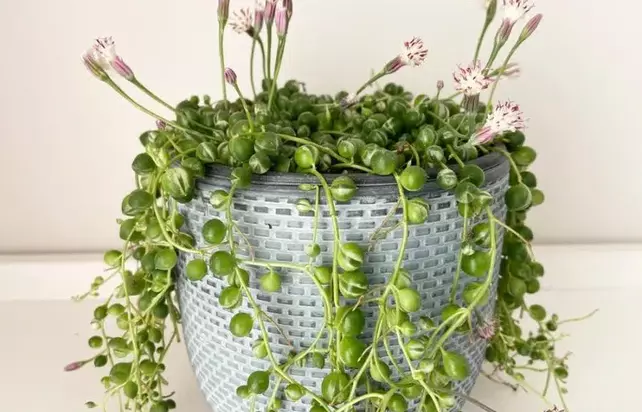
The string of pearls (Senecio rowleyanus) is an attractive cascading succulent for improving your home’s aesthetics. The species prefer growing under hot and humid conditions but can tolerate little maintenance for extended durations.
The string of pearl plants prefers full but indirect sunlight as the extremely hot sun can cause damage to the delicate “pearls” and stalks that attach to the plant. Place your plant about 5 inches from a west-facing window on hot days to allow for sufficient sunlight exposure. The plant requires about 8 hours of sunlight to retain optimum growth.
RELATED: TYPES OF BEST CASCADING SUCCULENTS
Additional growth requirements include
| Soil Type | Fertile, well-draining soil with a relative pH of 6.5-7.5. |
| Humidity | Prefers low humidity (about 40%) |
| Watering | Water once every two weeks |
| Temperature | Prefers temperatures ranging from 50℉-70℉. |
Mint plant
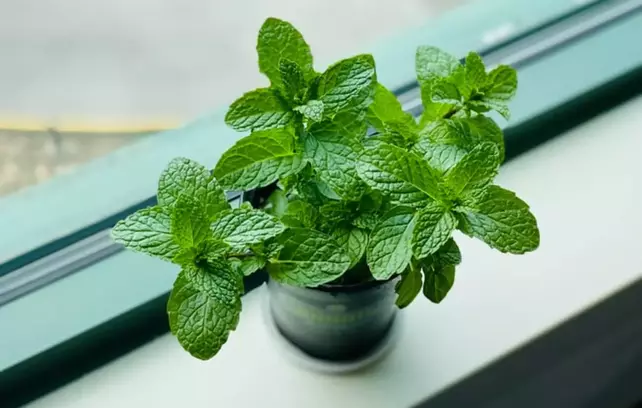
The mint plant is a popular indoor houseplant with a variety of uses. The beautiful flowers and evergreen, mint-scented leaves of mint plants make them popular garden plants. Mint plant species propagate easily, are easy to maintain, and can grow 1Ft-2Ft tall though most indoor grown plants have shorter heights (less than 12 inches).
Mint plants have highly sensitive leaves that are vulnerable to sunburn from excessive light. Young leaves in particular are more likely to suffer damage from high-intensity light. It’s better to position your plant close to an east/west-facing window where the plant can receive full but low-intensity light for extended durations.
Additional growing requirements for a mint plant include
| Soil Type | The plant prefers moist, well-draining soil with a relative pH ranging from 6.0-7.0. |
| Humidity | Mint plants grow well in 45% humidity conditions. |
| Watering | Water your plants with about 1-2 inches of water every week depending on prevailing conditions. |
| Temperature | The plant prefers 55℉-70℉ conditions. |
Citrus trees
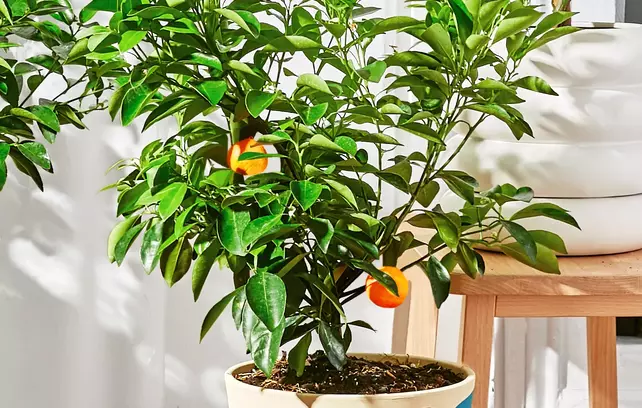
You can grow different varieties of citrus trees within your home as an ornamental plant. Citrus trees require minimal care, are easy to propagate, and can tolerate a wide range of conditions. Citrus trees exist in numerous varieties including lime, oranges, lemons, etc.
Citrus trees need about 12 hours of sunlight per day to stay healthy. Place your tree close to a south/west facing window to allow for full light during the day, or during late afternoons when the light intensity is lower.
You can also opt for artificial lighting such as glow lamps to complement your plant’s lighting needs during periods of low light.
Here are growing requirements for citrus trees:
| Soil Type | Prefers moist, well-draining soils with a slightly acidic pH (6.0-7.0). |
| Humidity | Thrive under 50% humidity conditions. |
| Watering | Water your trees at least two times a week depending on the season. |
| Temperature | Citrus grows best in 55℉-85℉ conditions. |
References:
[1] Houseplant Basics: Home
[2] Growing Indoor Plants with Success | UGA Cooperative Extension
[3] Lighting for indoor plants and starting seeds | UMN Extension
